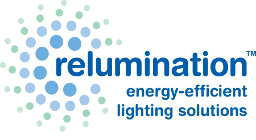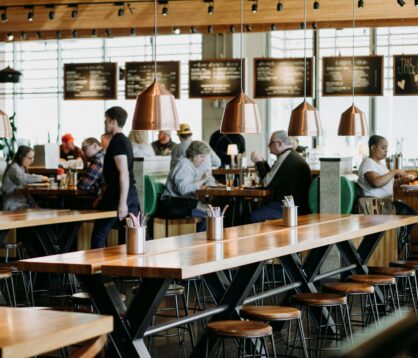New construction projects throughout the country are being designed to save energy. One way that these projects can boast of their sustainable practices is with Leadership in Energy and Environmental Design or LEED certification. LEED certified buildings show workers and visitors of the building that the company is environmentally conscious with their construction practices.
LEED certified buildings use less water, generate less waste and are energy efficient. There are many types of LEED certification. The certification for new building projects is known as LEED v4 Building Design and Construction. Points are awarded for achieving different goals and the amount of points awarded determines the tier of the LEED certification (Certified, silver, gold or platinum). The energy section of the test awards a point for a 5% improvement in energy use compared to baseline performance data.
One way that new construction projects can help ensure that their building will pass the LEED certification review process is by choosing the right lighting. Light emitting diodes or LED bulbs will typically use 75% less energy than a traditional incandescent bulb.
Not only do LED bulbs use less energy, but they also last significantly longer than traditional bulbs. A LED bulb has a typical lifespan of 25,000 hours compared to 1,000 hours with an incandescent.
The savings in energy usage combined with the longer lifespan are two reasons to invest in LED lighting. The initial investment of higher quality LED lighting pays itself back with the savings in energy. Another benefit is not having to pay a worker to replace a burnt out bulb after merely 1,000 hours.





